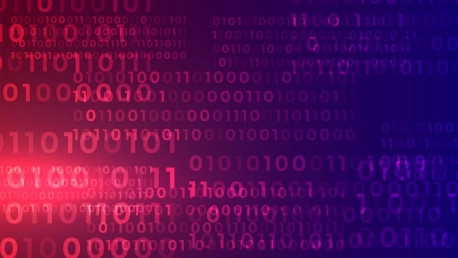In today’s digital age, misinformation spreads like wildfire, causing unnecessary panic and confusion. The fictitious narrative involving “three million smart toothbrushes” falling prey to a cyber-attack exemplifies how quickly disinformation can be mistaken for truth, casting a shadow on the field of cybersecurity. Such stories, while baseless, gain traction swiftly in the online world, shaping public perception and often diverting attention from legitimate security concerns. As rumors like these proliferate, they underscore the importance of maintaining vigilance in discerning fact from fiction, emphasizing the need for robust cyber defenses not just in traditional computing devices but across all connected gadgets—even hypothetical internet-connected toothbrushes. The smart toothbrush saga serves as a stark reminder that in the battle against digital misinformation, vigilance and fact-checking are indispensable allies.
The Birth of a Modern Myth
Initial Reports Ignite Confusion
An eyebrow-raising article in the Aargauer Zeitung unleashed a media whirlwind with claims that a horde of high-tech toothbrushes had been weaponized into executing a distributed denial-of-service (DDoS) attack on a Swiss firm. The narrative, blending the imaginative with the techno-thriller, sent it spiraling into global newsfeeds. Headline after headline echoed the gripping account, unwittingly cementing its credibility. Yet, the veracity of such a quirky cyber assault was dubious at best. The rapid dissemination of the story exemplified a lapse in journalistic diligence—the fundamental practice of verifying facts was seemingly sidestepped in the frenzy to deliver sensational news. In a digital age where fact can be stranger than fiction, the incident highlighted the fine line media must walk and the consequences when the quest for sensationalism overshadows the commitment to truth.
The Role of Cybersecurity Firms in Clarification
When Fortinet and other cybersecurity leaders remain silent amidst unfolding fables, they inadvertently let rumors spread unchecked. Media mishaps are one thing, but when experts in cybersecurity stay mute, the impact is doubly negative. A swift response could immediately dispel any false stories, yet their silence permits myths to grow wild, shaping public opinion in potentially harmful ways. The duty of cybersecurity entities isn’t just to safeguard our digital realms; they also have a critical role in guiding conversations with candor. Without their input, misinformation can not only persist but flourish, as their non-response may seem to validate the falsehoods. It is vital, therefore, that these companies understand the power of their words—or their absence—in influencing the digital world’s narrative. Proper communication can snuff out the embers of fake news before they become a wildfire.
The Consequences of a Cyber Tall Tale
Media Mishandling and Public Perception
In this scandalous episode, journalism’s susceptibility to hype has been glaringly exposed. Enticed by a sensational story, the media abandoned rigor, chasing clicks over accuracy. A single unchecked story spiraled into a maze of misinformation as subsequent reports relied on the original flawed source. This storm of hasty journalism whipped up a fictional narrative that was eagerly swallowed by the public. The fallout is distressing: damaged public trust, increased cynicism, and a blurring of the lines between real and fake cybersecurity threats. This trend of prioritizing speed over fact is a slippery slope, threatening to undermine the very foundation of credible journalism. In the age where the hunger for instant news is incessant, the need for scrupulous fact-checking has never been so imperative. The incident stands as a cautionary tale of the consequences when the truth is sacrificed for spectacle.
Cyber Falsehoods and the Industry’s Reputation
The cybersecurity realm faces scrutiny when fiction is mistaken for fact, distorting public perception and undermining trust. The “smart toothbrush” incident is a prime example of how unverified tales can damage an industry’s reputation. Cybersecurity professionals must prioritize truth over sensational narratives and challenge the cycle that turns fiction into widely accepted truths. Battling misinformation and maintaining evidence-based practices are fundamental to the cybersecurity foundation.In essence, the smart toothbrush case underscores the need for integrity in reporting and the crucial role cybersecurity entities play in curating accurate public information. Only through a commitment to transparency, accuracy, and ethical conduct will the alliance of media and cybersecurity experts effectively guard the public against the harmful effects of cyber misinformation.









